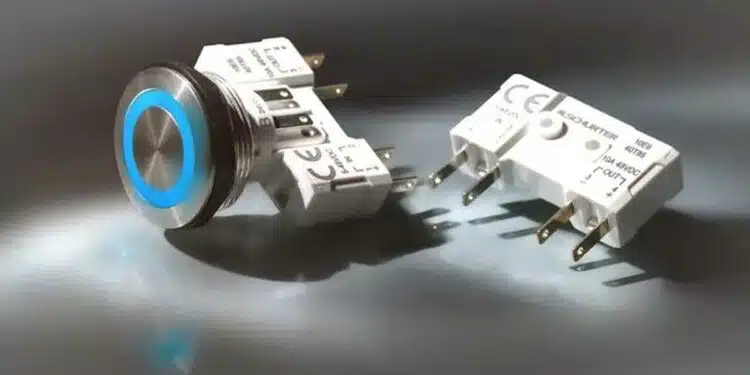SCHURTER announces its latest technological breakthrough: a completely arc-free EDC (Electronic Direct Current) switching solution.
Arcing has long been one of the greatest safety risks when switching direct current, posing hazards in various industrial and commercial applications.
Through the implementation of an intelligent switching architecture, SCHURTER has successfully eliminated arcing, setting a new benchmark in safety and reliability. This cutting-edge development underscores SCHURTER’s commitment to advancing electrical safety and innovation in the industry.
Long-lasting and Reliable
At the same time, the EDC achieves well over a million switching cycles, as there is no arc-related erosion of the contacts. This extends the service life and reduces maintenance costs.
Ultra-compact Dsign
Thanks to its compact design, the switch can also be integrated in confined installation situations. This is ideal for onboard systems in electromobility, compact power distribution systems in the aerospace industry or mobile robot solutions. The EDC also scores highly in industrial control systems with battery-buffered DC supply thanks to its high level of safety, energy efficiency and ease of installation.
2 Variants
The new SCHURTER EDC is available in two versions. Firstly, as a stand-alone version (EDC 02) for universal actuators, and secondly as a SCHURTER-specific version for the MSM II switch as an actuator (EDC 01). Both versions are designed for a rated current of 10 A at 48 VDC.
Robust and future-proof
With the EDC switch, SCHURTER addresses the growing demands for safety, miniaturization and reliability in modern DC applications – a robust solution for future-proof designs.
Features
- Rated currents to 10 A at 48 VDC
- 2 designs with attachment points for different applications and additional actuator MSM II
- Equipped with quick connect terminals to permit fast connection
- No arcing due to electronic circuit
- Extremely long lifespan































